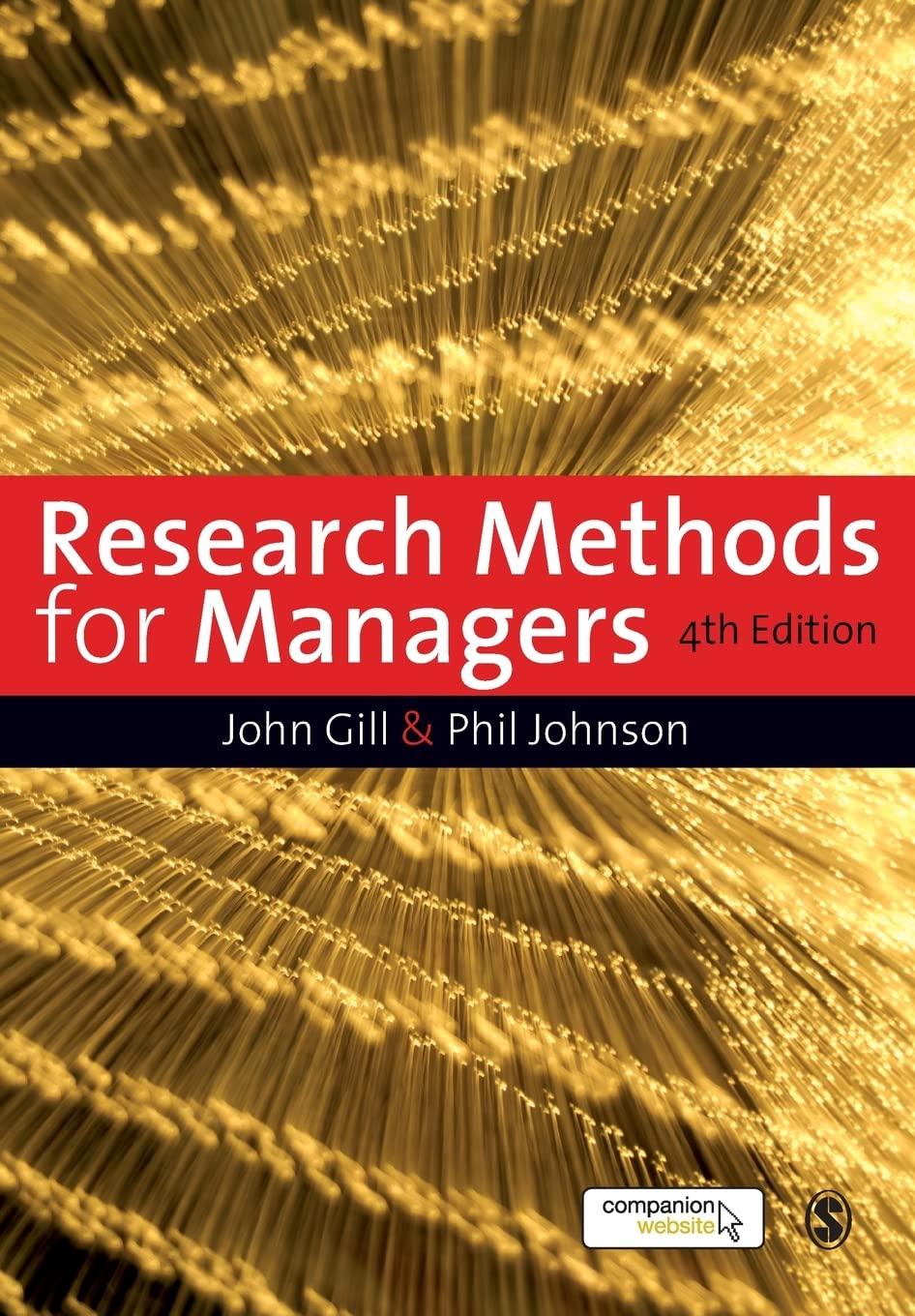Question
Scenario: You are the HR manager of a business that, in January 2020 employed 270 full-time employees and approximately the same number of part-time and
Scenario: You are the HR manager of a business that, in January 2020 employed 270 full-time employees and approximately the same number of part-time and casual employees. Currently. Employees are all paid under legislated Award conditions (which means there is no union or collective agreement). Covid-19 has meant that the company has faced some difficulties with international supply chains and sales. You have been forced to restructure and have lost more than 30 per cent of the 2020 staffing numbers (through voluntary redundancies, voluntary carly retirements, and a small number of forced redundancies). Recently. just as business is starting to get back to pre-covid levels you have heard rumors that some employees are very disgruntled.
Option 1: Maintain the status quo and oppose unionization efforts. Description: The company would aim to preserve the current Award-based pay structure and actively resist any attempts by employees to unionize and pursue an enterprise agreement. The goal would be to maintain full managerial prerogative over pay and working conditions. Advantages: 1. Preserves management's power to unilaterally set pay and conditions, seen as vital under the unitarist frame of reference (Bray et al., 2017). 2. Avoids costs and complexities associated with negotiating and administering a union agreement (Townsend et al., 2013). 3. Simplest approach in terms of maintaining current HR practices. Disadvantages: 1. Likely to further damage employee morale and engagement (Peetz, 2019). 2. Union may still achieve sufficient support to initiate a formal bargaining period (Bray et al., 2017). 3. Risks long-term harm to employee relations and employer reputation (Townsend et al., 2013). Paradigm: Aligns with the unitarist view of the company as a unified entity where management holds full authority. Unions are unwelcome outsiders (Bray et al., 2017).
Option 2: Proactively engage employees and unions to negotiate an enterprise agreement. Description: Management would initiate an open dialogue with employees and any involved unions to gain a clear understanding of worker grievances. They would then work collaboratively with these stakeholders to negotiate an enterprise agreement that addresses key concerns while still meeting the needs of the business. Advantages: 1. Shows willingness to listen and respond to employees' needs, rebuilding trust (Townsend et al., 2013). 2. Collaborative problem-solving can yield productivity gains (Bray et al., 2017). 3. Prevents escalation to damaging industrial conflict (Peetz, 2019). Disadvantages: 1. Requires ceding some control over pay and conditions to negotiation (Townsend et al., 2013). 2. Increases complexity of pay and HR processes (Bray et al., 2017). 3. Likely to increase labor costs through negotiated wage rises and entitlements (Peetz, 2019). Paradigm: Reflects the pluralist perspective, acknowledging the legitimacy of employees' distinct interests and the role of unions in representing these (Bray et al., 2017). Seeks compromise between stakeholders (Townsend et al., 2013).
Option 3: Pursue a proactive high-involvement employee relations strategy. Description: Rather than waiting for employees to turn to a union, the company would proactively implement significant changes to HR practices aimed at increasing employee voice, participation, commitment, and productivity to improve the work environment. Advantages: 1. Shows commitment to employee wellbeing, increasing morale and loyalty (Townsend et al., 2013). 2. High-involvement practices linked to increased innovation and productivity (Bray et al., 2017). 3. Positions the company as an employer of choice in the labor market (Peetz, 2019). Disadvantages: 1. Requires significant resources and willingness to share some control with employees (Bray et al., 2017). 2. Relies on genuine, sustained commitment from leadership at all levels (Townsend et al., 2013). 3. May fail to satisfy all employees, with some still seeing value in unionization (Peetz, 2019). Paradigm: Includes unitarist elements, seeking to avoid unions, but also has pluralist aspects in providing employee voice (Bray et al., 2017; Townsend et al., 2013). Radical critique may see it as disguising power imbalances (Peetz, 2019).
Critically analyse the "options paper" above in the context of theories of the employment relationship and research that discusses the role and responsibilities of a HR/ER professional. It is required to use a minimum of six academic references (peer reviewed, full-text journal articles) in developing the analysis. Following structure below: 1. Introduction 2. Knowledge Loss 3. Learning and Development 4. Performance Management 5. Conclusion
Step by Step Solution
There are 3 Steps involved in it
Step: 1

Get Instant Access to Expert-Tailored Solutions
See step-by-step solutions with expert insights and AI powered tools for academic success
Step: 2

Step: 3

Ace Your Homework with AI
Get the answers you need in no time with our AI-driven, step-by-step assistance
Get Started


